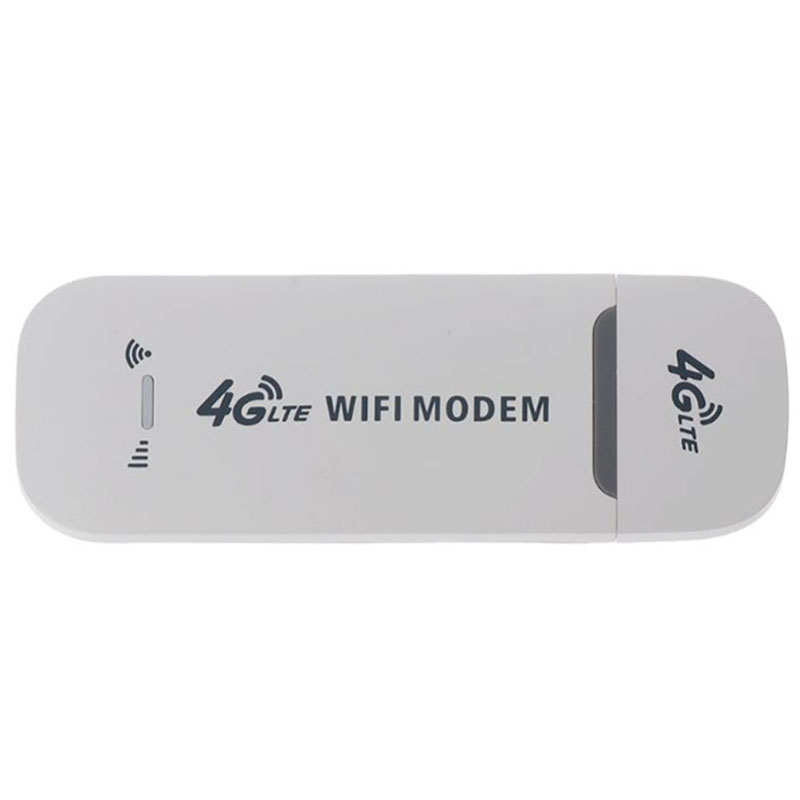

Again, the bigger the difference, the better the signal. Signal and Noise: Same as the numbers explained above, representing the strength of signal and noise. Security: The acceptable methods for connecting appear, such as WPA and WEP. Apple only allows its base stations to use wide channels in 5GHz. Width: It’ll be either 20 MHz or 40 MHz, which refers to the “wide” channel option that doubles throughput but requires two channels to function. Simultaneous dual-band base stations have two listings, one for each band.

(They go up in increments of four, with some gaps.) The Channel and Band columns show which channel a base station offers in which band. Depending on the country, you’ll find channels 1 to 14 in 2.4GHz and 36 to 167 in 5 GHz. Multiple base stations may share the same name, to provide roaming.īSSID: The factory-assigned, uniquely numbered address for the base station’s Wi-Fi radio or radios.Ĭhannel and Band: Wi-Fi can operate in two frequency bands: 2.4GHz and 5GHz. Network Name: Technically known as the SSID (Service Set Identifier), this is the name that a Wi-Fi base station broadcasts. The yellow signal line is more responsive, and you can watch it change as you move around (or walk between a computer and the direct path to a base station). Noise often remains constant if you walk around your home or office with your laptop, that line may not change at all. The higher the signal level, the stronger the signal. The further these two lines are from each other, the greater the throughput you will receive. On the Signal Strength chart, the upper yellow line shows the power of the signal being received from the base station while the lower green line shows noise. Together, these charts can help you figure out the optimum place to connect to a network or to troubleshoot dead spots in your home or office. The top chart, Signal Strength, shows the relative quality of the connection, while the bottom, Network Traffic, shows bytes passing back and forth. The Performance view tracks the wireless connection between your Mac and the base station to which it’s connected. The Network Utilities window provides four separate tabs that are each useful in their own way. For your troubleshooting purposes, you can ignore all three and instead choose File > Network Utilities (or press Command-N). However you open it, you’ll see a welcome window with three options: Create Diagnostic Report, Turn on Debug Logs, and Capture Network Traffic. You’ll find the Wi-Fi Diagnostics app in there. You can also launch the program directly from its hidey-hole: In the Finder, choose Go > Go to Folder, and enter /System/Library/CoreServices/. That’ll open the Wi-Fi menu with an Open Wi-Fi Diagnostics item at the bottom click that item to open the utility. To launch Wi-Fi Diagnostics, hold down the Option key as you click on the Wi-Fi icon in the menu bar. It also offers a graphical front end to some common Unix network tools, much as Network Utility did, but in a form that those without command-line experience can use. It can also find nearby networks (which in turn can be useful for tracking down interference problems) and services broadcasting their availability via Bonjour. Wi-Fi Diagnostics can help you figure out why your Mac’s Wi-Fi adapter isn’t connecting to a network. Now Mountain Lion comes with a network tool-a revised version of Wi-Fi Diagnostics-that’s once again intended for regular end users, not just network experts.

Lion added Wi-Fi Diagnostics, but hid it away it was largely intended to be used by AppleCare technicians or Apple Store Geniuses, who’d use it to generate detailed log reports. OS X 10.4 came with Network Diagnostics, which took a user-friendlier hand-holding approach. The old Network Utility was appropriate primarily for network gurus. When it comes to helping you troubleshoot wireless networking problems, Mac OS X can’t seem to make up its mind.


 0 kommentar(er)
0 kommentar(er)
